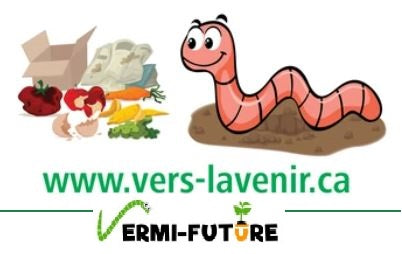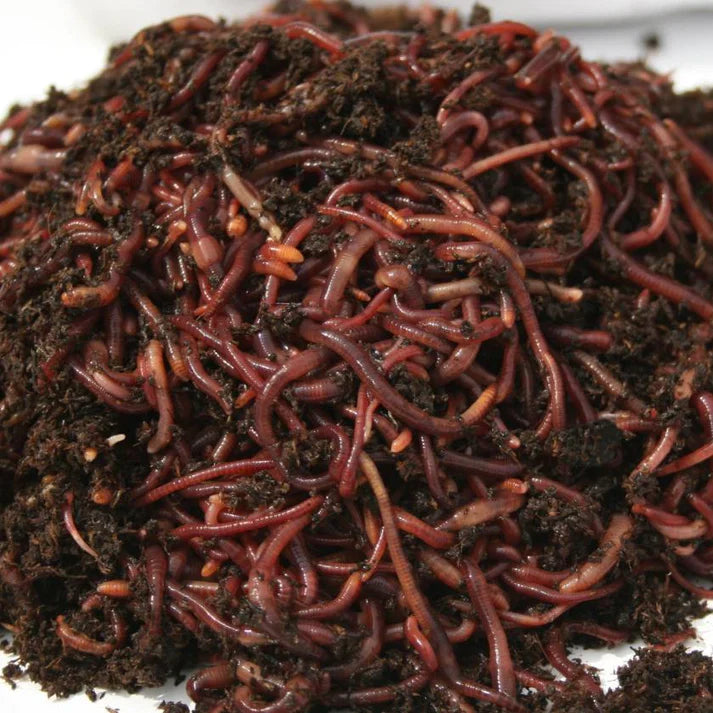Raising red wiggler worms, also known as Eisenia fetida, is an excellent way to start composting and reducing household waste. These little creatures are incredibly efficient at breaking down organic matter and producing rich compost, known as worm castings, that is highly beneficial for plants. This guide will take you through the steps needed to raise red wiggler worms successfully.
Setting Up Your Worm Bin
The first step in raising red wiggler worms is to set up a proper home for them. A worm bin can be made from a variety of materials, including plastic storage bins or wooden boxes. Here are some key points to consider:
- Size: Choose a bin that is suitable for the amount of food waste you generate. A good rule of thumb is to have one square foot of surface area for every pound of food waste per week.
- Ventilation: Drill holes in the sides and lid of the bin to ensure adequate airflow. Worms need oxygen to survive and thrive.
- Bedding: Fill the bin with bedding material such as shredded newspaper, cardboard, or coconut coir. This will provide a comfortable environment for the worms and help absorb excess moisture.
Choosing and Adding Your Worms
Red wiggler worms can be purchased from various suppliers. When starting, it's important to get a healthy batch of worms. You can find high-quality red wiggler worms on Vers L'Avenir.
Once you have your worms, gently add them to the prepared bedding in your bin. Give them some time to acclimate to their new environment before adding food.
Feeding Your Red Wigglers
Red wigglers thrive on a diet of organic waste. Here are some tips on feeding them:
- What to Feed: Red wigglers love fruit and vegetable scraps, coffee grounds, tea bags, and eggshells. Chop the food into small pieces to help them break it down faster.
- What to Avoid: Avoid feeding your worms meat, dairy products, oily foods, and citrus. These can create unpleasant odors and attract pests.
- Feeding Schedule: Start by adding a small amount of food and gradually increase as your worm population grows. A good indicator that you are feeding the right amount is that there should be no excess food left uneaten after a week.
Maintaining Your Worm Bin
Maintaining a healthy worm bin is crucial for the well-being of your red wigglers. Here are some maintenance tips:
- Moisture Level: Keep the bedding moist, like a wrung-out sponge. If it gets too dry, add a little water. If it gets too wet, add more dry bedding.
- Temperature: Red wigglers thrive in temperatures between 55°F and 77°F. Keep the bin in a location where the temperature remains relatively stable.
- Harvesting Castings: After a few months, you will start to see rich, dark compost forming in the bin. To harvest the castings, move the contents to one side of the bin and add fresh bedding and food to the other side. The worms will migrate to the new food source, allowing you to collect the compost.
Troubleshooting Common Issues
Even with the best care, you might encounter some issues. Here are common problems and their solutions:
- Odor: If your bin starts to smell, it could be due to overfeeding or lack of ventilation. Reduce the amount of food and ensure the bin has proper airflow.
- Fruit Flies: Covering food scraps with bedding and using a lid can help prevent fruit fly infestations.
- Worm Escapees: If worms are trying to escape, it could be due to extreme conditions. Check the moisture and temperature levels and adjust as needed.

